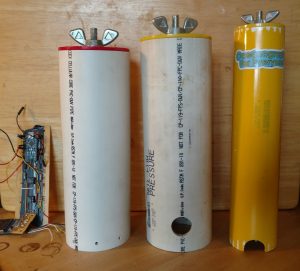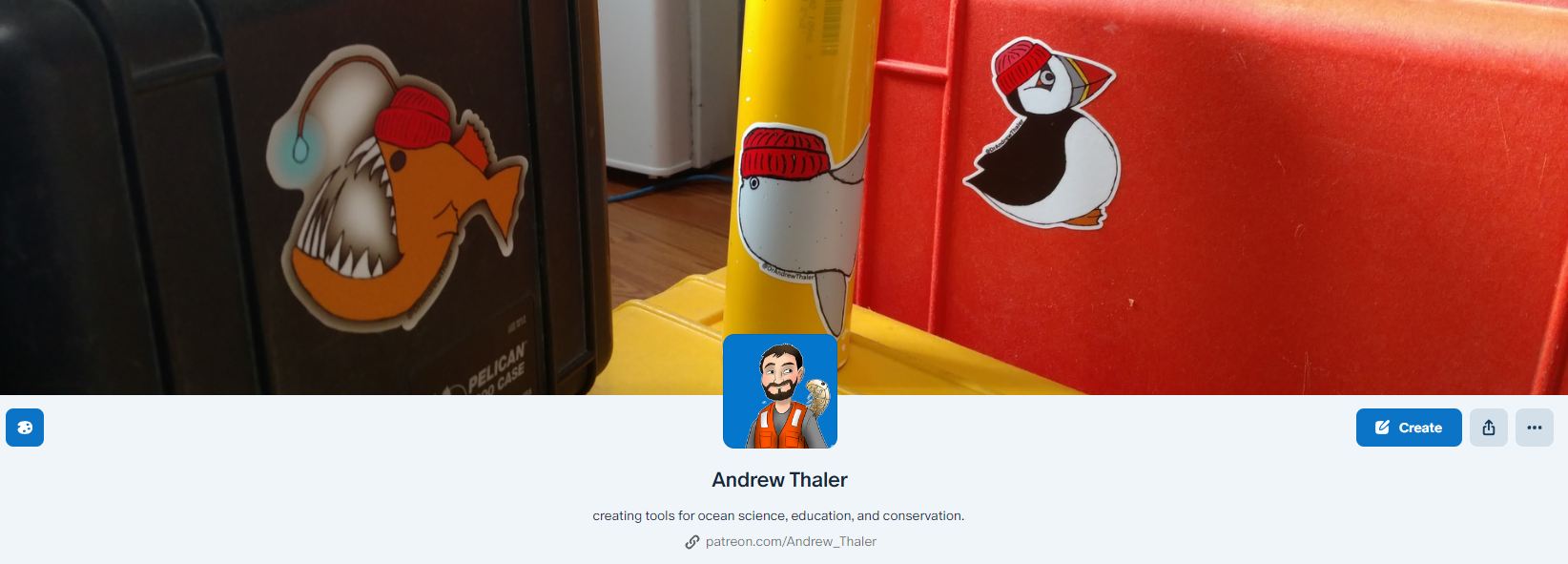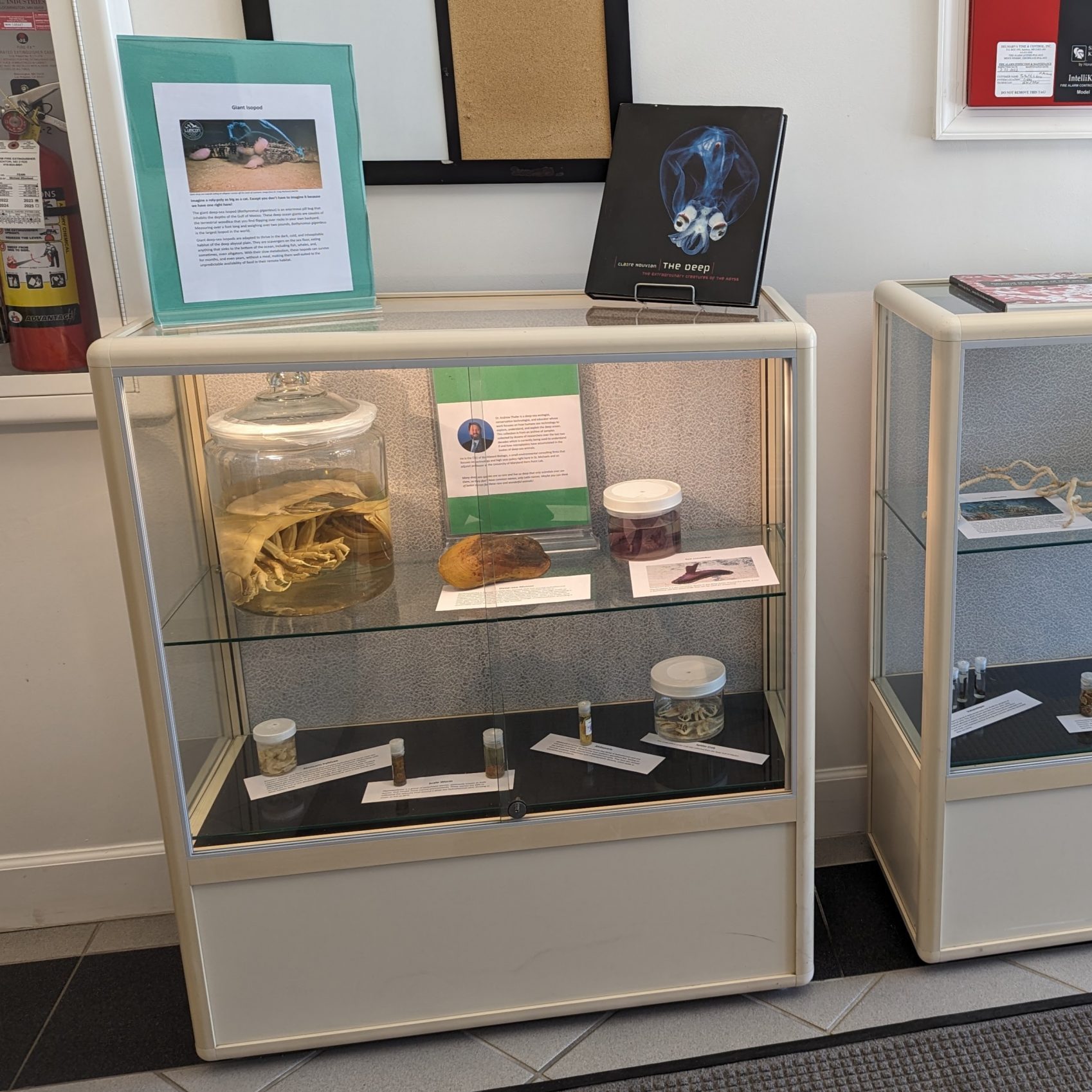
The OpenCTD and Oceanography for Everyone has been a five year journey from inception to first field-ready model and we’re just getting started. Building a community-driven project like this requires not just expertise (that we didn’t have when we started), passion, resources, it requires documentation. Extensive, detailed, thorough documentation. Documentation is what sets an open-science hardware project apart from just another lab hack. It allows other users to replicate and validate your design. It’s the key ingredient that makes a project like the OpenCTD actually Open.
As we’ve expanded the OpenCTD, we’ve maintained comprehensive instructions for construction and operation. We’ve included notes from critical field deployments, raw data for comparisons, hardware tests, and support software.
In a lot of ways, documentation is the peer-review of open-science hardware projects.
We need your help! We are in the midst of preparing our first hardware manuscript for the OpenCTD. This paper will be a benchmark for the project and provide a citable resource for CTD users. As part of the manuscript, we will archive a static version of the OpenCTD documentation in a permanent repository for reference. Here’s what we need from you:
- If you’ve built an OpenCTD, let us know! How did the build go? Were there places where the instructions were unclear?
- If you have the time, give the instructions a read-through and let us know if they’re clear.
- If you’ve been waiting to build an OpenCTD, now is a great time to do it!
Hey Team Ocean! Southern Fried Science and Oceanography for Everyone is supported by contributions from our readers. Head over to Patreon to help keep our servers running an fund new and novel ocean outreach projects. Even a dollar or two a month will go a long way towards keeping our website online and producing the high-quality marine science and conservation content you love.

